The following Flashback article, written by David Wells, appeared in the November 2015 issue of Snow Goer magazine. To see more articles like it, seven times a year and mailed to your house, subscribe to Snow Goer magazine today. Photos provided by Tom Snell.
If you don’t believe in love in first sight, here’s proof that it actually can happen. In 1967, Bombardier produced 44,421 Ski-Doo snowmobiles, including many called the Super Olympique, a model that had been introduced for the prior year as the line’s performance leader.
One of these 1967 Super Olympiques was the first snowmobile I ever rode. It happened during the winter of ’67 in a field near Potsdam in northern New York. I had always known that winter was good for something, and that ride showed me what it was. I was hooked.
That particular Super Oly belonged to my buddy Ted Perkins, and we have enjoyed many snowmobile adventures together in the many years since then.
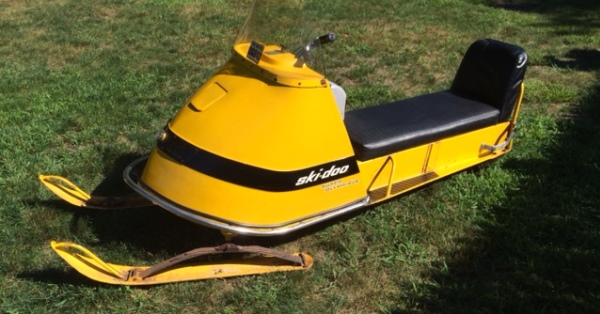
Primitive Plaything
The ’67 Super Olympique carried a new 299cc two-stroke Rotax engine situated right in the operator’s lap. Equipped with a cast iron cylinder containing a three-ring piston, it also had a new intake silencer to reduce induction noise and warm the air as it entered the engine, plus a new choke for easier cold starting. But operators still had to be careful that the intake body didn’t suck in their clothing to plug the carb. And the engine could backfire right into the operator’s crotch, too.
Nevertheless, buyers were willing to put up with these perils to get the Super Oly’s big 14.5 hp engine that was claimed to drive the machine to the unheard of snowmobile speed of 48 mph. Of course, the cab, or hood, was still permanently secured to the chassis with a series of screws, so opening it to change the spark plug, adjust the carb or otherwise work on the engine or clutching was nearly impossible in the field.
Other notable improvements on the ’67 Super Oly included nylon-covered throttle and brake cables for freeze resistance, new polyurethane drive sprockets to improve drive efficiency and a new track with nylon fibers instead of cotton to reduce stretching and increase track life. The new and improved seat had a second layer of foam and new vinyl for increased comfort during those rare times when you might actually be sitting on it. And the rear bumper/grab handle swung down to become a warm-up stand or to keep the track from freezing to the ground overnight.
The Super Oly really was a hot sled for the day, as shown by Duluth, Minnesota, resident Alan Bartlet winning the 300 class at the first Duluth Indoor, a major race at that time, with a ’67 model as Ski-Doo took 13 of the 15 classes contested.
Snow Goer editors at the time tested the 1967 Super Olympique and had some interesting things to say.
“An added improvement could be a hood that would tip up for easy access to the engine compartment. Of course, this feature could be put on ALL snowmobiles as far as we are concerned. …We do believe, however, that eventually all machines will have some sort of flip-up or ‘take off’ affair.” They also loved the pop-up headlight, and went on to a very complimentary conclusion. “It met all our standards and even went above some, so it rates high on stars. We would recommend it for an individual as well as a family.”
So what was using this machine like? It liked to go straight, so the only way to get it to turn was to stand up, lock your feet into the stirrups, lean forward and out over the inside ski as far as possible, and use body English to force turning. Riding standing up made more sense than sitting down because you could use your legs as suspension. Kneeling on one knee was a good compromise that offered more comfort than sitting without sacrificing too much maneuverability and still allowing you to proceed at something faster than walking speed.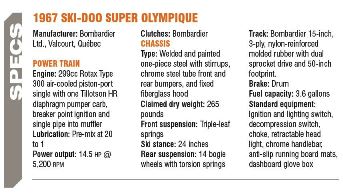
In 1967 New York State permitted snowmobiles to be licensed for on-road operation with a small metal license plate attached to the seat back. So Ted licensed his and legally operated it on roads including a run into downtown Syracuse. He also rode it in New York City’s Central Park, becoming undoubtedly the first and very likely few snowmobilers ever ticketed for riding there.
“Trouble found us shortly in the form of a NYPD patrol car with a flashing red light,” Ted recollects. He and his female companion were told to leave immediately. “So we started back in the general direction of the restaurant [and his car and trailer], but via a scenic route. The episode ended when we were stopped for a second time because we ‘didn’t follow orders to leave right away,’” Ted recalls. The historic citation was for “vehicle on foot path.”
Post-Olympique Perspective
Model year 1968 was the last hurrah for the Super Olympique, but the Olympique line was built by the thousands all the way through 1979. And along the way it introduced many thousands of people to snow riding, so the venerable Oly is one of the most important models in the long history of our sport.

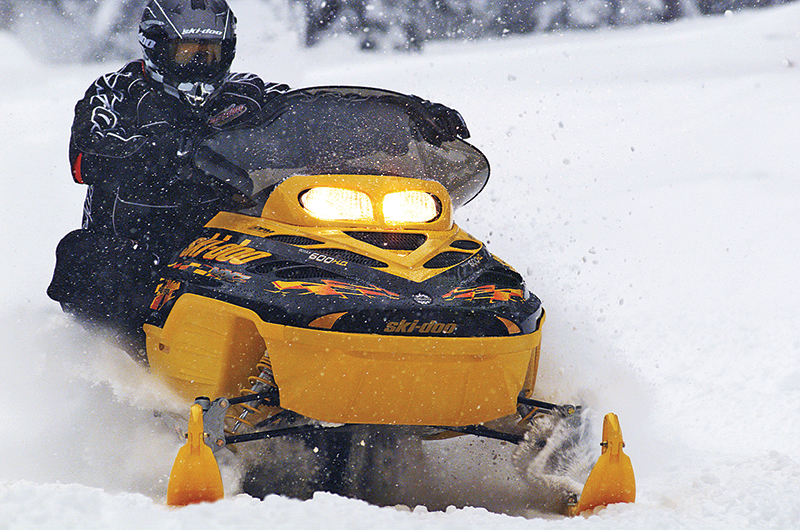
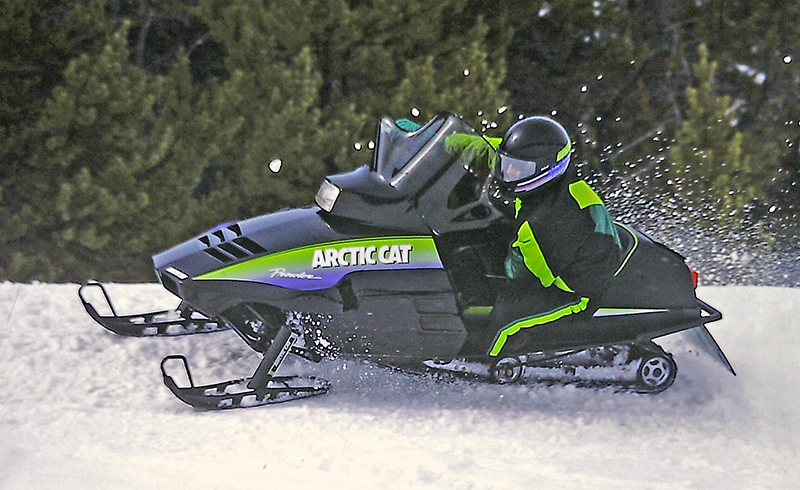
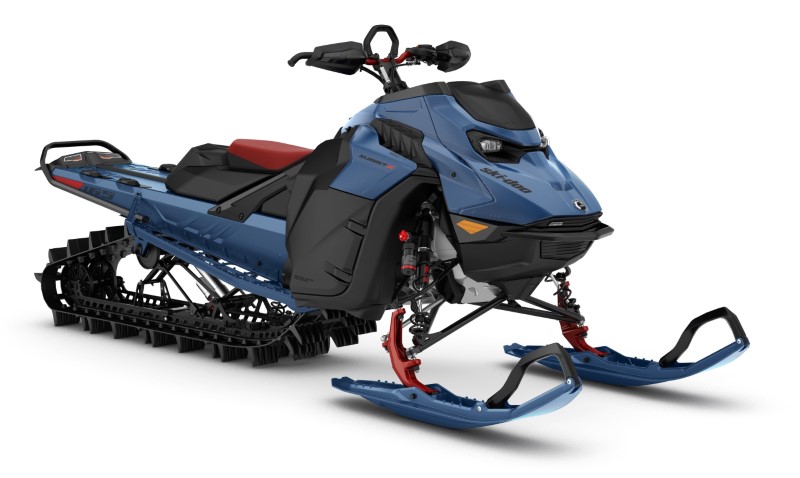
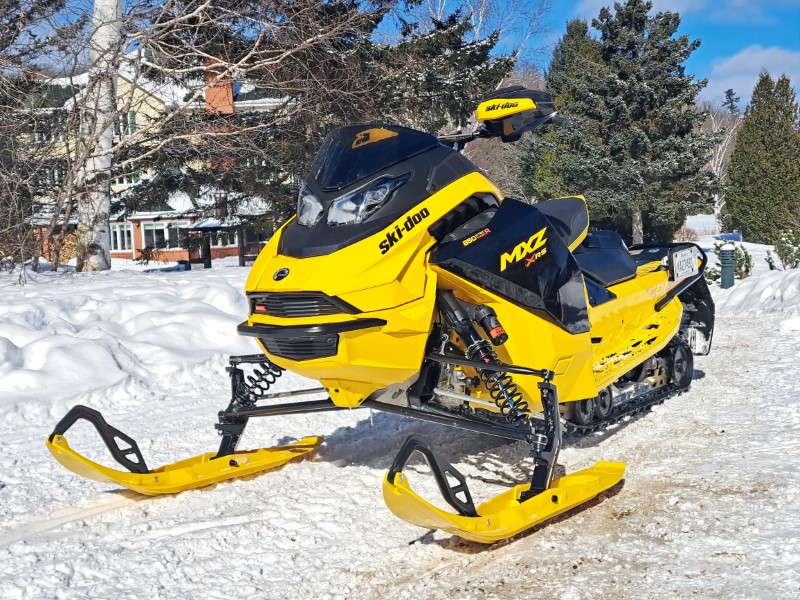
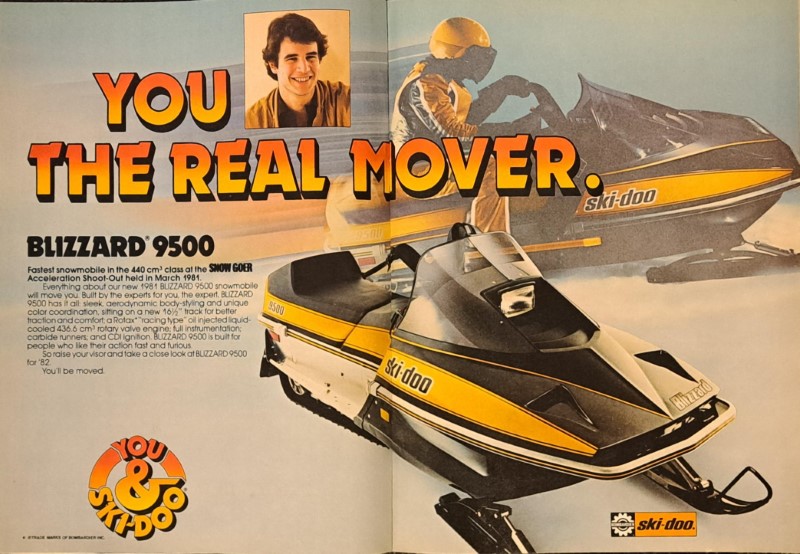
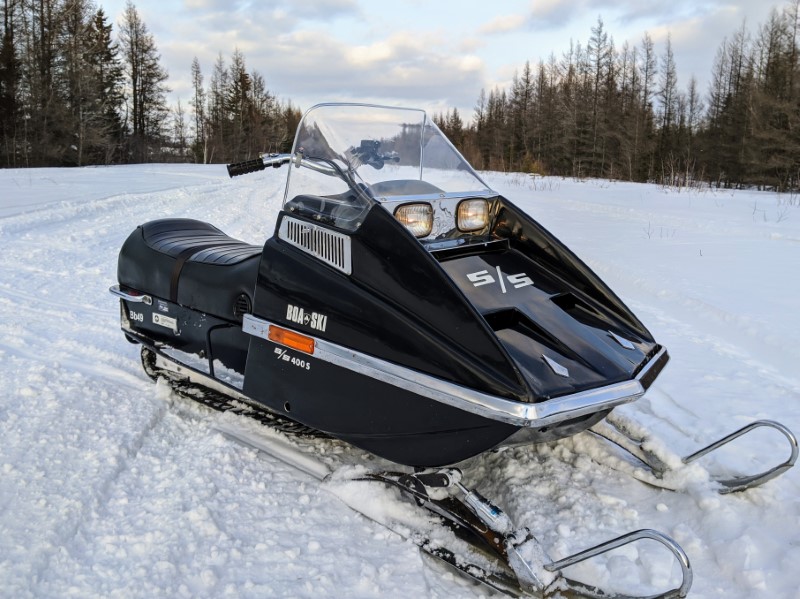
No removal of the hood/cowl was necessary to change spark plugs nor adjust the carb. They were all accessible as half or more of the engine was “behind” the cowl.